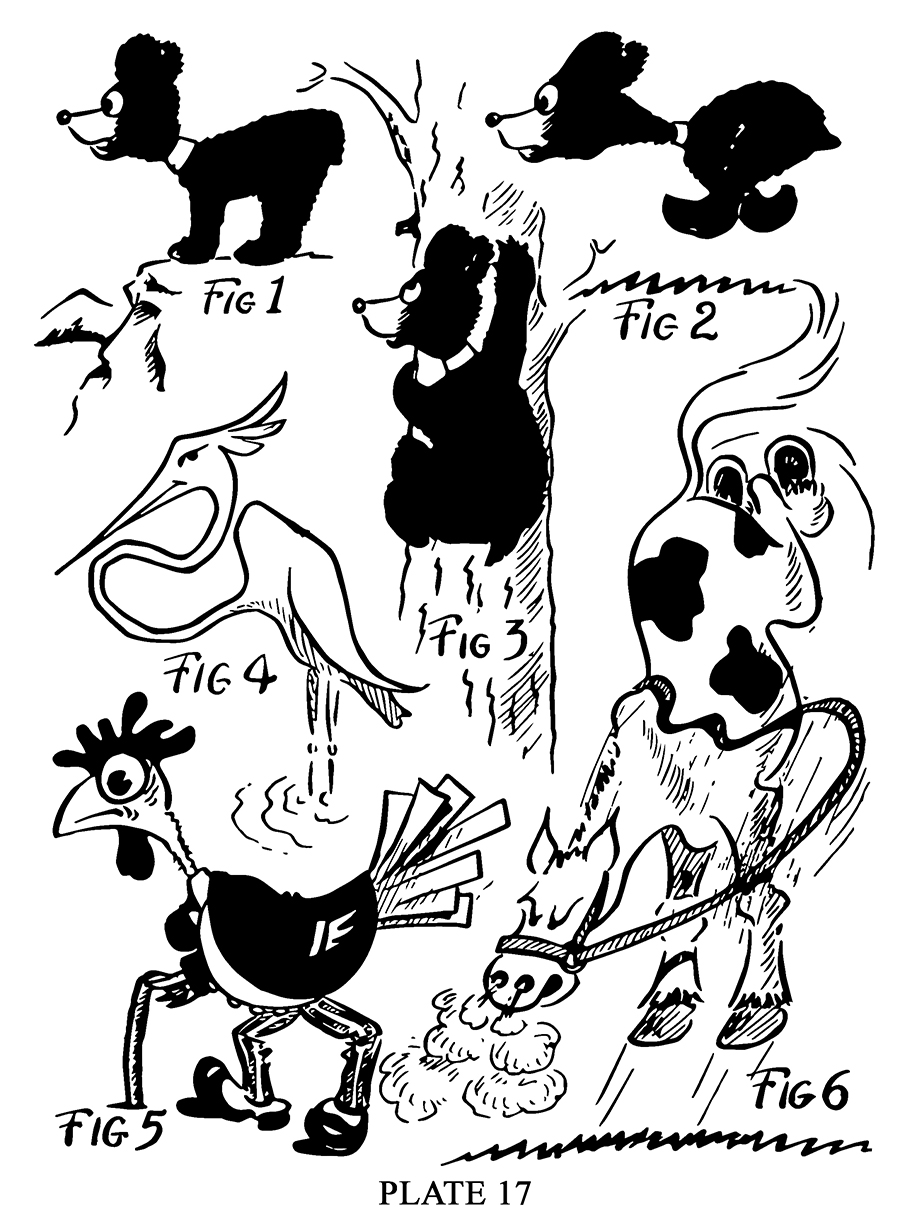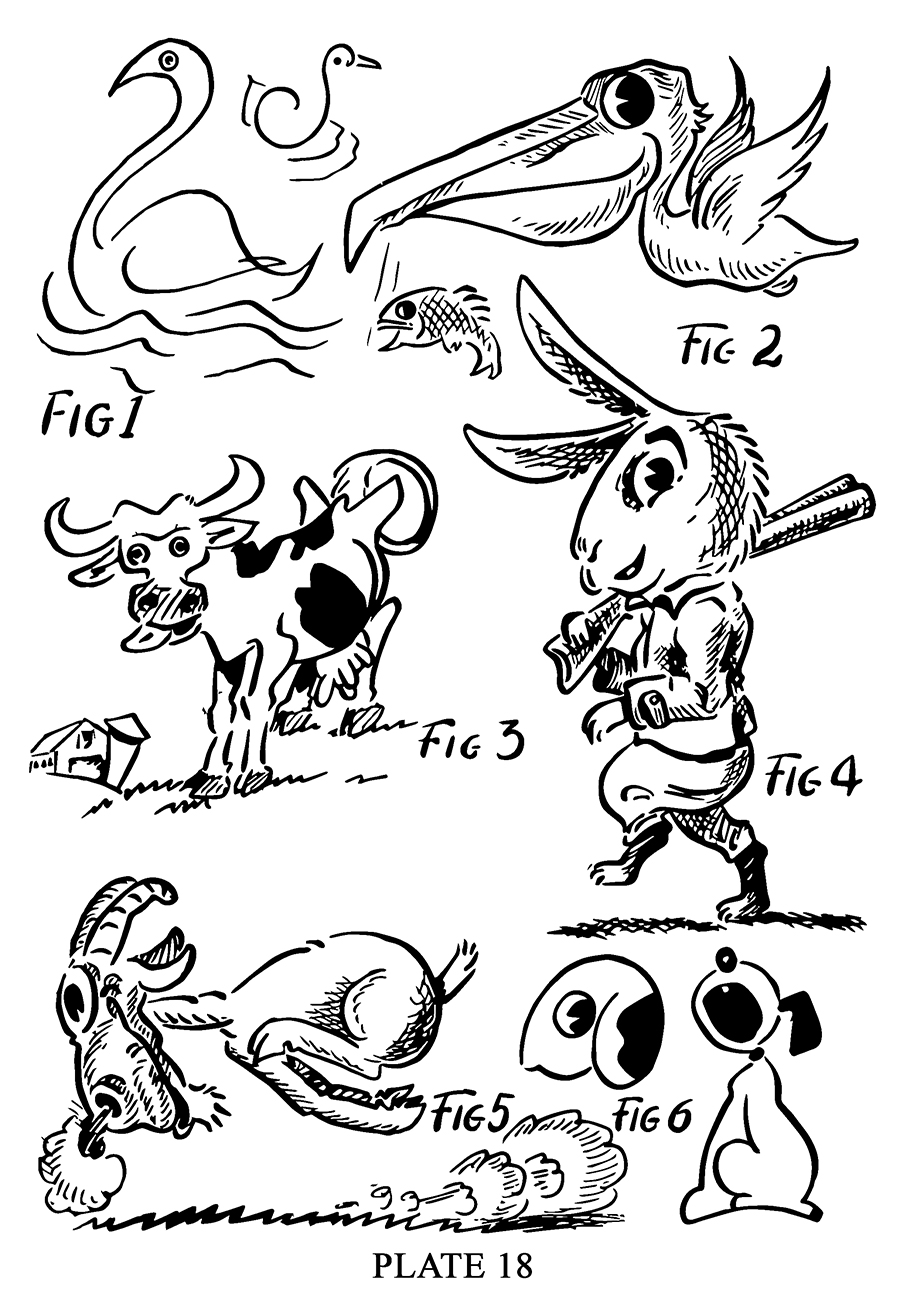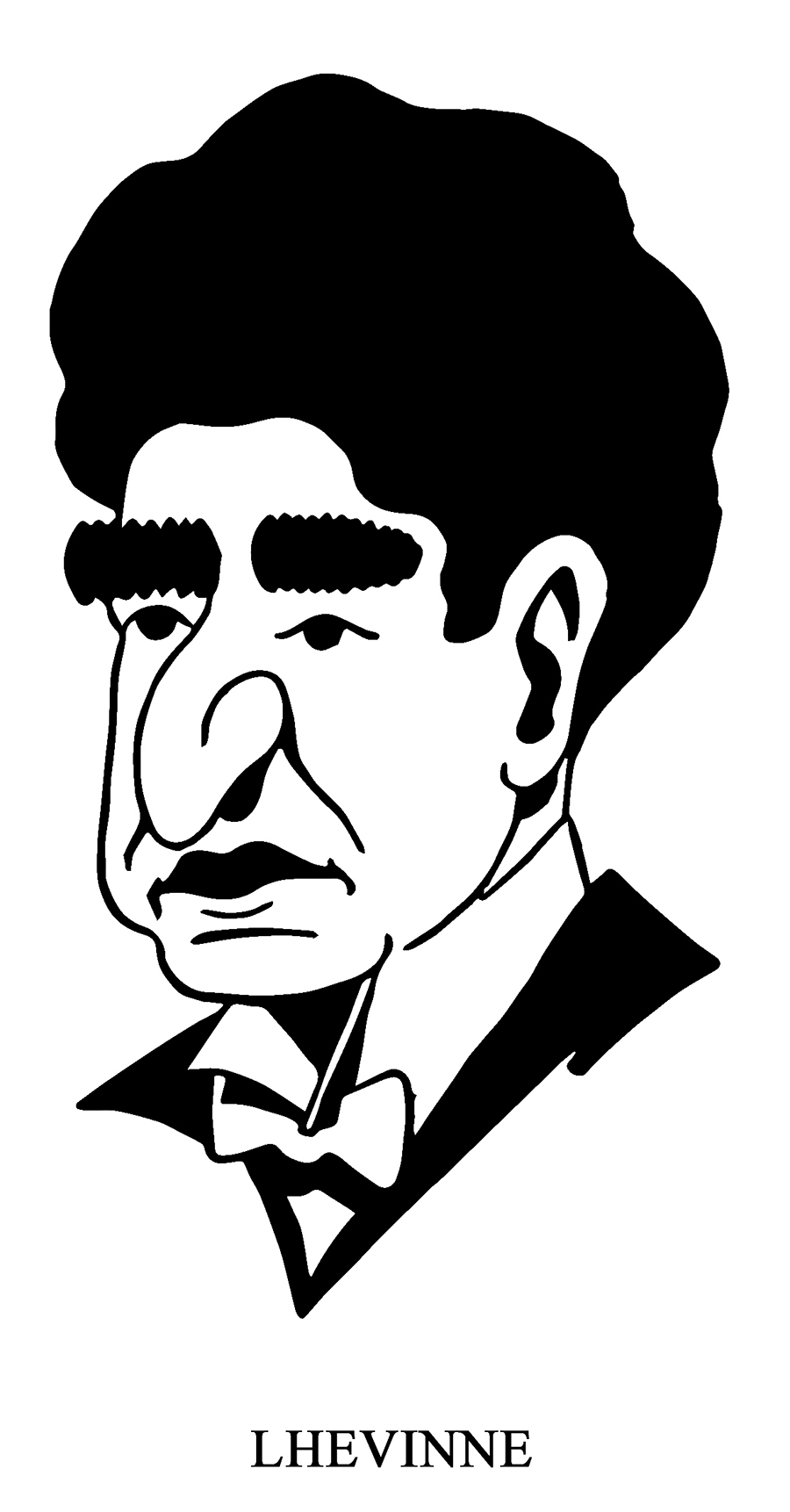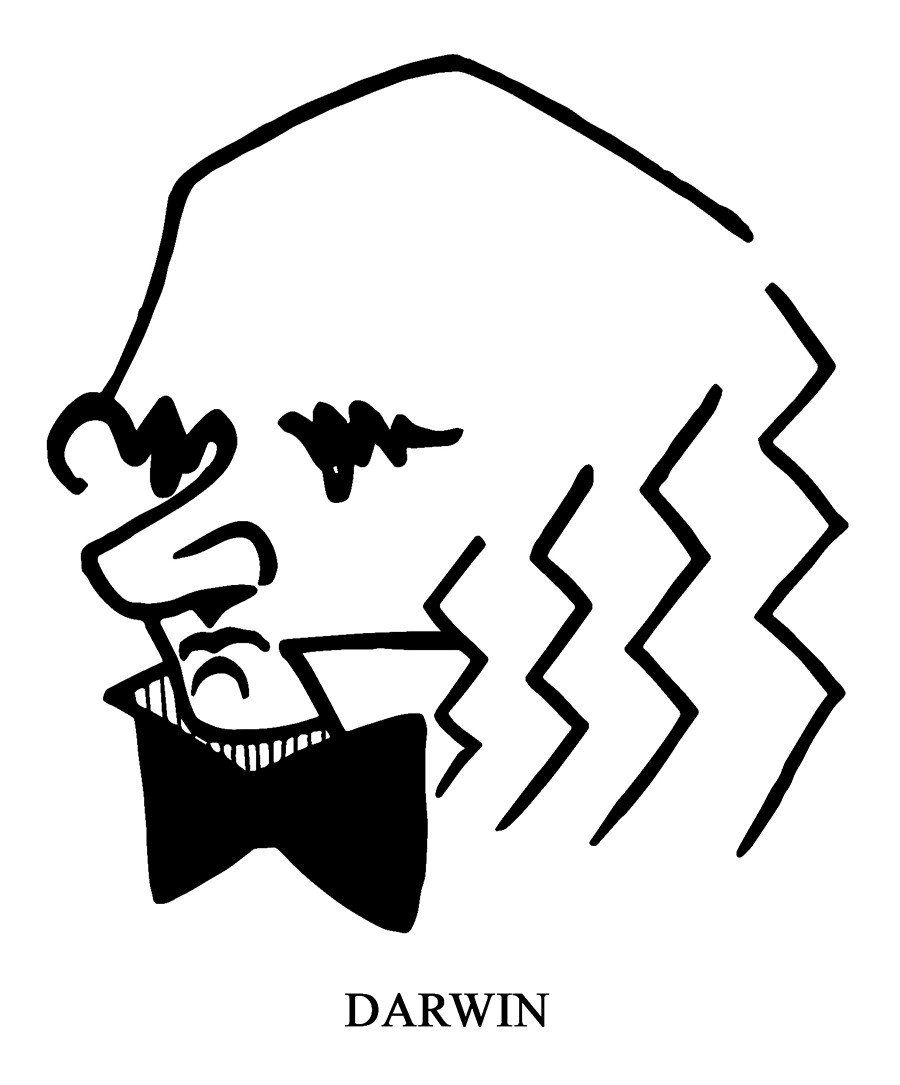The caricaturing of animals should be learned along with the caricaturing of the human form. Cartoons of animals are frequently used in newspaper drawings; especially political cartoons* in which they are employed as symbols of political parties, or of the various nations of the World.
These symbolic animals and the things they represent are listed immediately below. The donkey is the symbol of the Democratic Party. The elephant represents the Republican Party; G. O. P. (Grand Old Party). Other symbolic animals are, the Tammany Tiger, the British lion, the Chinese Dragon, the American Eagle, and the Russian Bear. Animals are sometimes used as symbols for ball teams. Wildcats, Panthers, Tigers, Bulldogs, and others are employed for this purpose.
Practically the same rules used in caricaturing the human body are used in caricaturing animals. The greatest difference is that of form. As in the case of the human form, the forms of animals are exaggerated; the most prominent features being accentuated most. Action and expression are also exaggerated. The expressions of animal* are practically the same as that of humans and the same rules apply, although it is sometimes more difficult because of the difference m the form of the head, from the form of the human head and face.
The action in the movements of animals is necessarily different from human action; especially in the quadrupeds. The actions of walking, running and galloping are essentially the same in all animal except apes and other bipeds. These actions are rather difficult to describe, and should be ‘studied from life, and from the work of artists who are especially good in the draftsmanship of animals
In walking, quadrupeds only have two feet on the ground at one time. Take the horse for an example. If the right rear foot is forward and on the ground, then the right front foot is slightly off the ground just in front of the rear foot. At the same time the left rear foot is lifted to be brought forward, and the left front foot is also lifted and moving forward. The head is moved alternately up and down with each step and the tail also varies in action. These descriptions can only impart to one a general idea, and the principles of the various actions, for as stated previously, to get the actions correctly drawn one must use a good drawing for a model, or else draw from life.
Running action is similar to walking except movements are faster. The running or trotting action is little used in cartoons because galloping gives a better effect.
In galloping the feet are moved in pairs. Both pairs are either under the body, or the front pair are more forward, although they may still be under the body, and the rear feet are extended to the rear. All feet are off the ground with shadow underneath to improve the action. The head is thrust forward with die nose held higher, considering the height of the head. The mane and tail are blown to rearward. Galloping action is illustrated by Figure 5, Plate 18, and Figure 2, Plate 17.
 There is also the action of standing, Fig. 1, Plate 17; climbing, Fig. 3; bucking, Fig. 6, and die bronco on Plate 8. Swimming and flying are illustrated by Figures 1 and 2 on Plate 18. The pelican in Figure 2 is also an example of accentuating the most noticeable features. The fish which has just escaped from tie pelican’s beak adds interest to the drawing.
There is also the action of standing, Fig. 1, Plate 17; climbing, Fig. 3; bucking, Fig. 6, and die bronco on Plate 8. Swimming and flying are illustrated by Figures 1 and 2 on Plate 18. The pelican in Figure 2 is also an example of accentuating the most noticeable features. The fish which has just escaped from tie pelican’s beak adds interest to the drawing.
Quite often comic animals are represented wearing human apparel; such as hats, spectacles, suits and shoes; and quadrupeds are given the same action as bipeds. Examples of this are Figure 4, Plate 18, and Figure 5, Plate 17. Other examples are Mickey Mouse and Felix the Cat.
In caricaturing animals the style of drawing is influenced by the purpose for which it is drawn. For example, a donkey drawn in a political cartoon intended to aid the Democratic Party should be sleek and fat with a merry expression; on the other hand, the donkey in a cartoon for the aid of the Republican Party, or to criticize the Democrats should be drawn with a starved, moth-eaten, down-and-out appearance. The expression should be consistent with the style; such as, stupidity: ears drooping and eyelids heavy and partly dosed A donkey drawn to illustrate a book for children might be represented quite differently from either of the two above. You should always consider the purpose of a cartoon and choose the style accordingly.
However, you must also consider the idea to be expressed. A donkey drawn to criticize the Democratic Party might be drawn sled: and fat if it was intended to criticize the party for reckless spending. You need only to use good judgment in determining what to do and must have a basic knowledge of a thing to be capable of using the best judgment. Of course there are exceptions to this rule, but as a general rule it is quite true.




